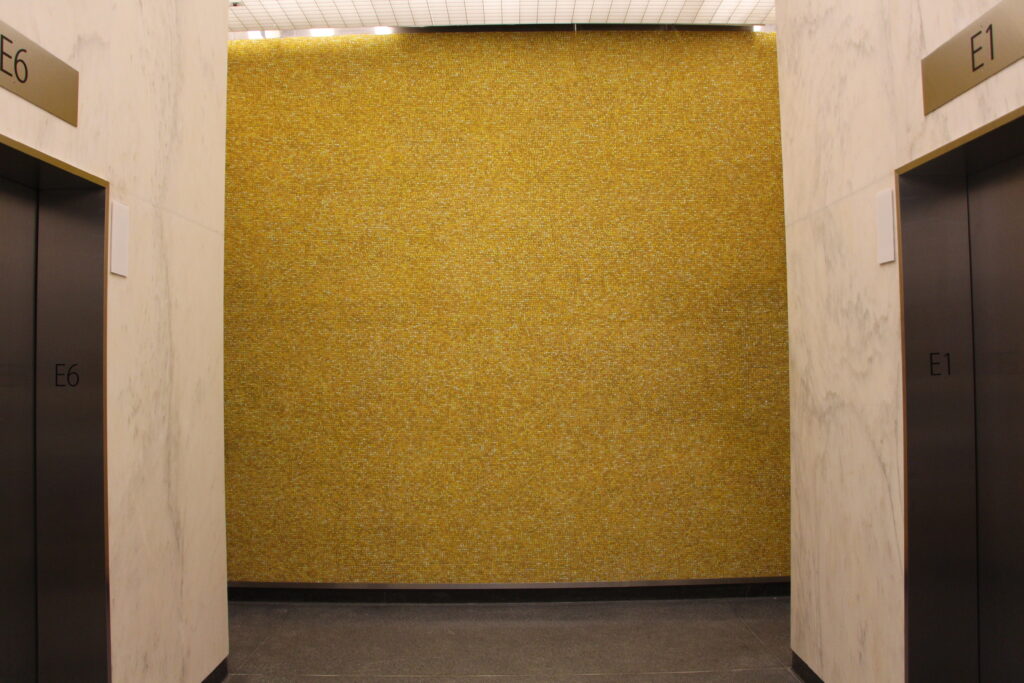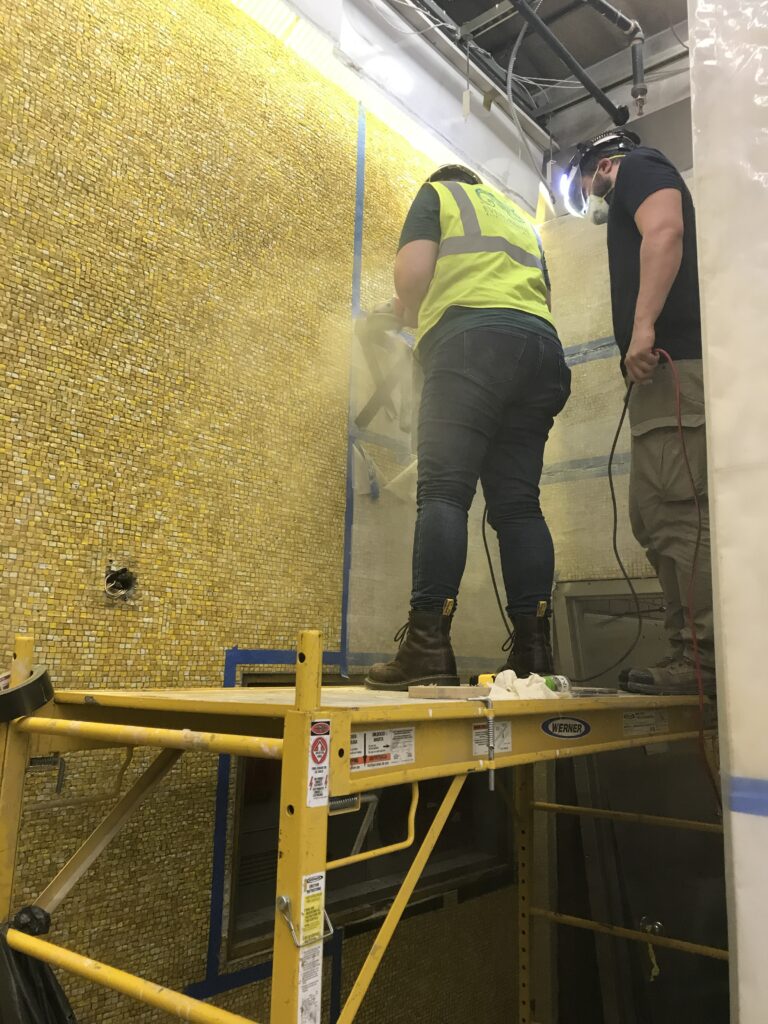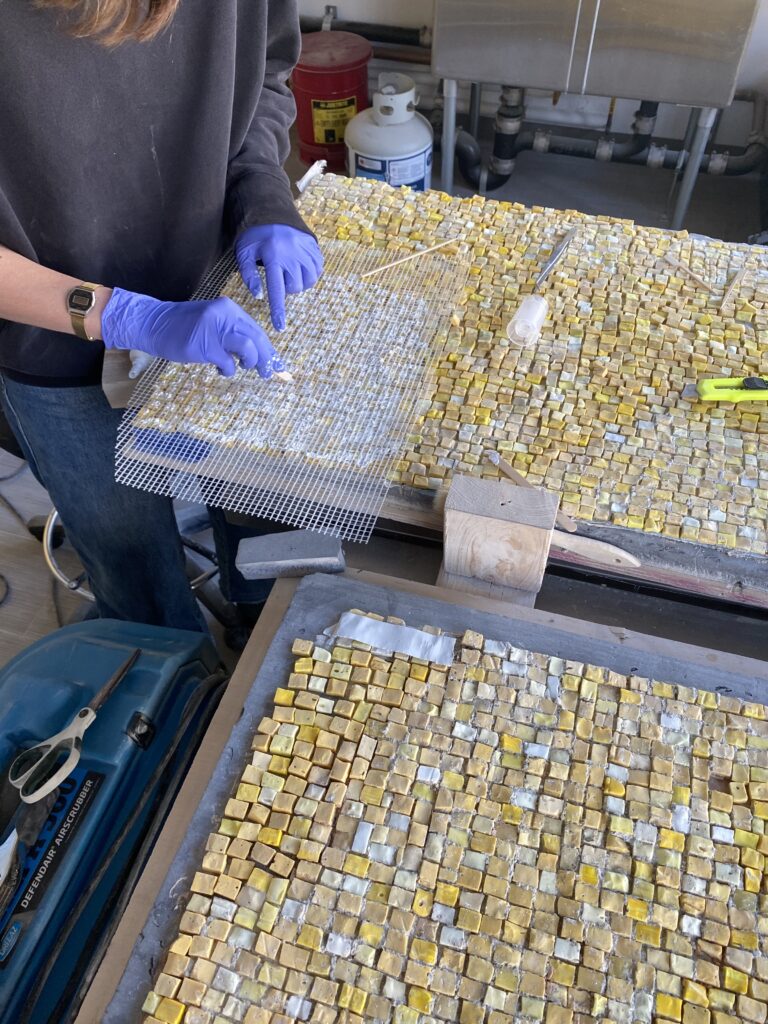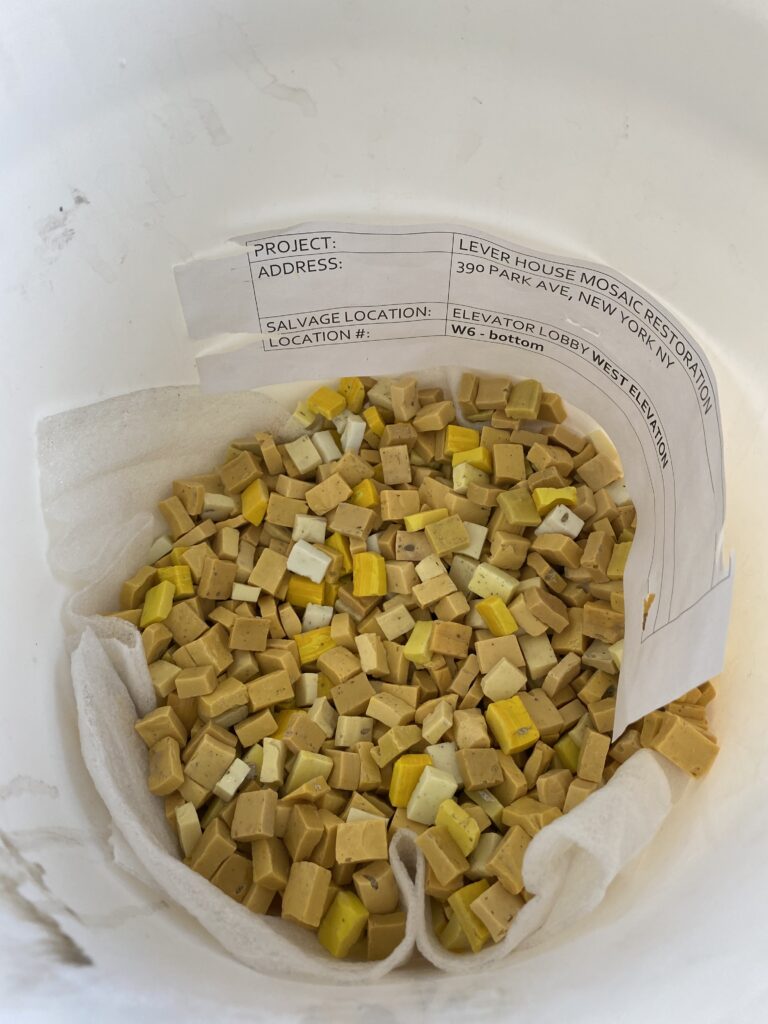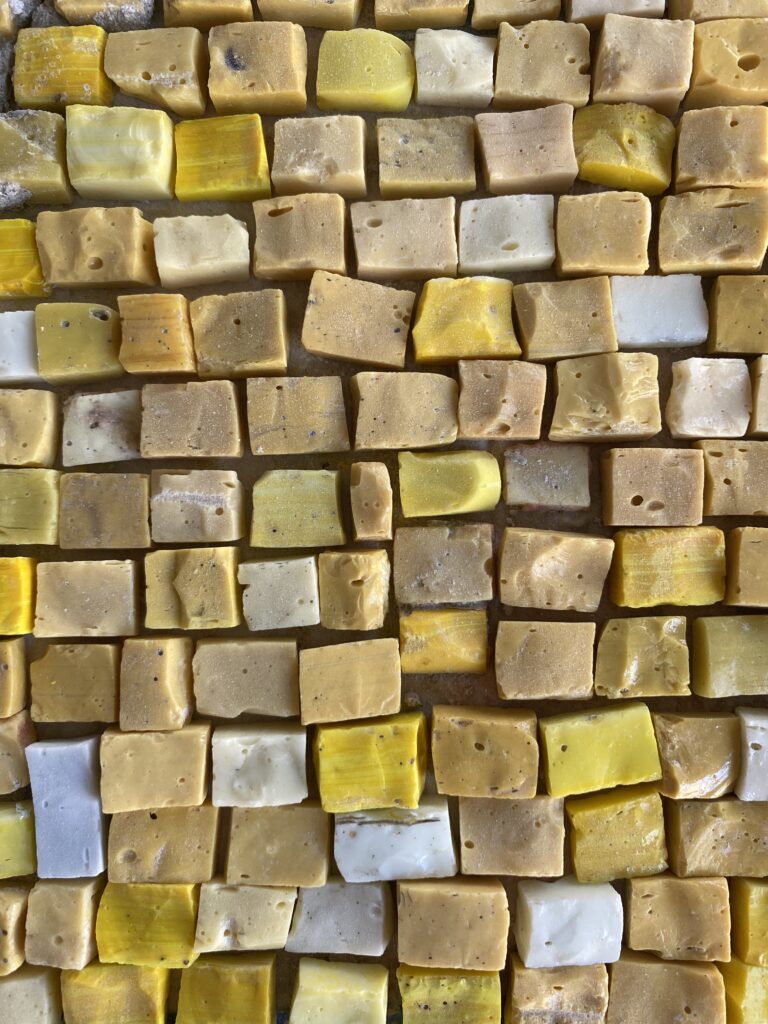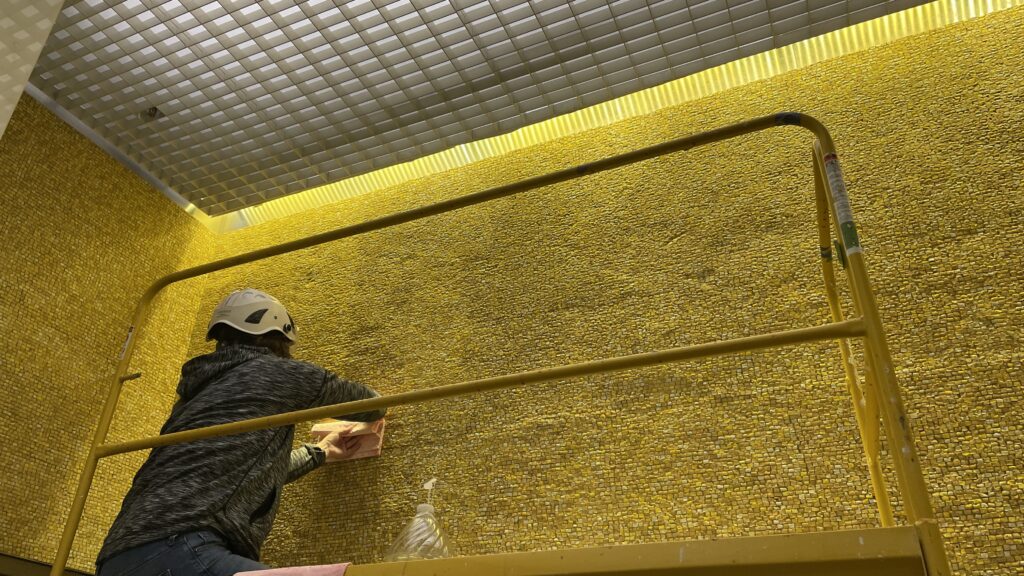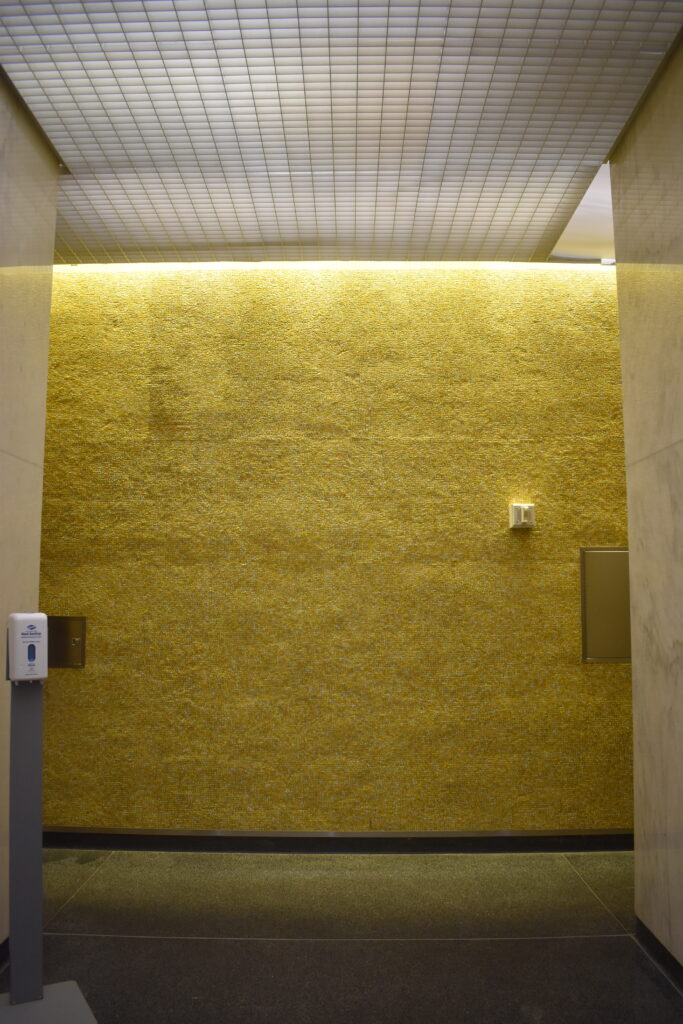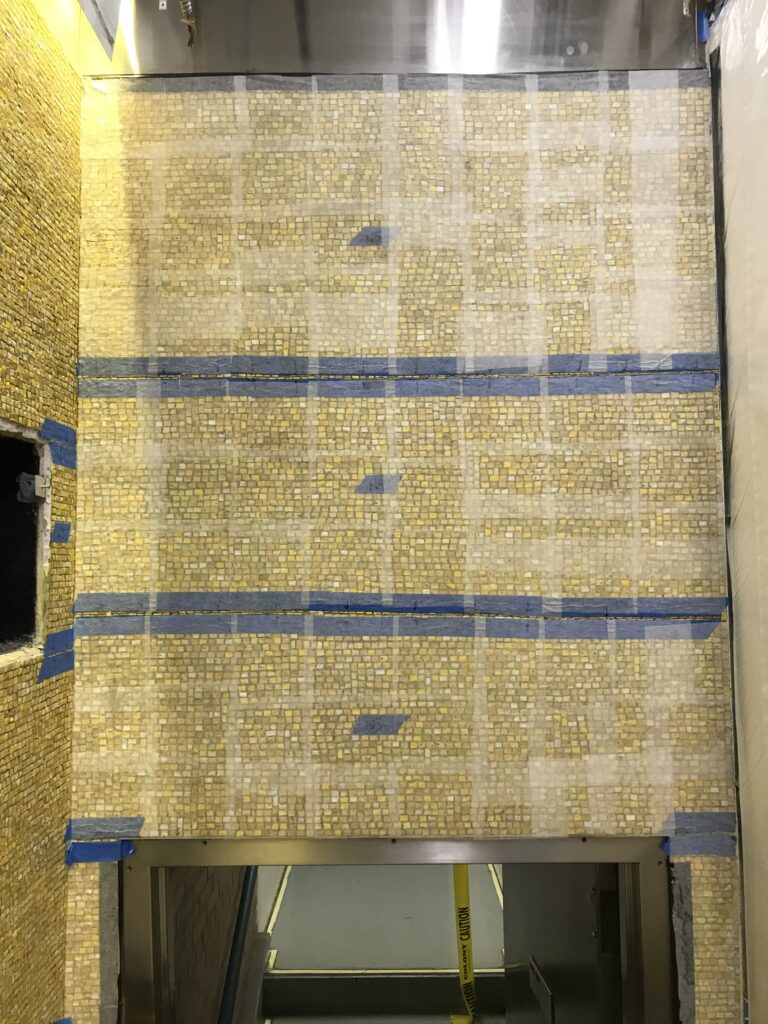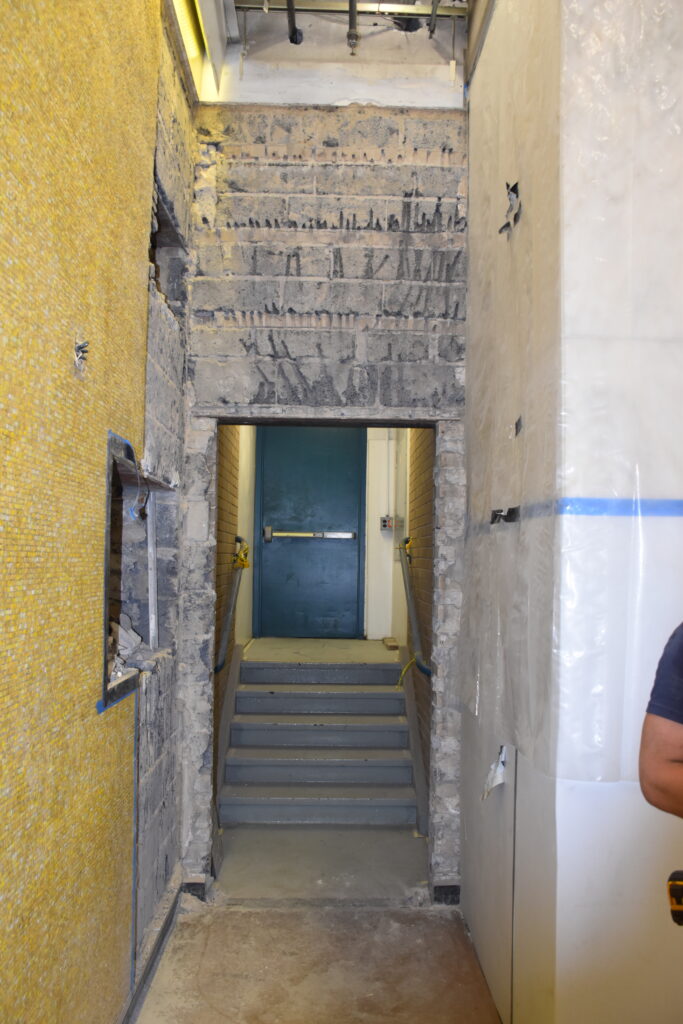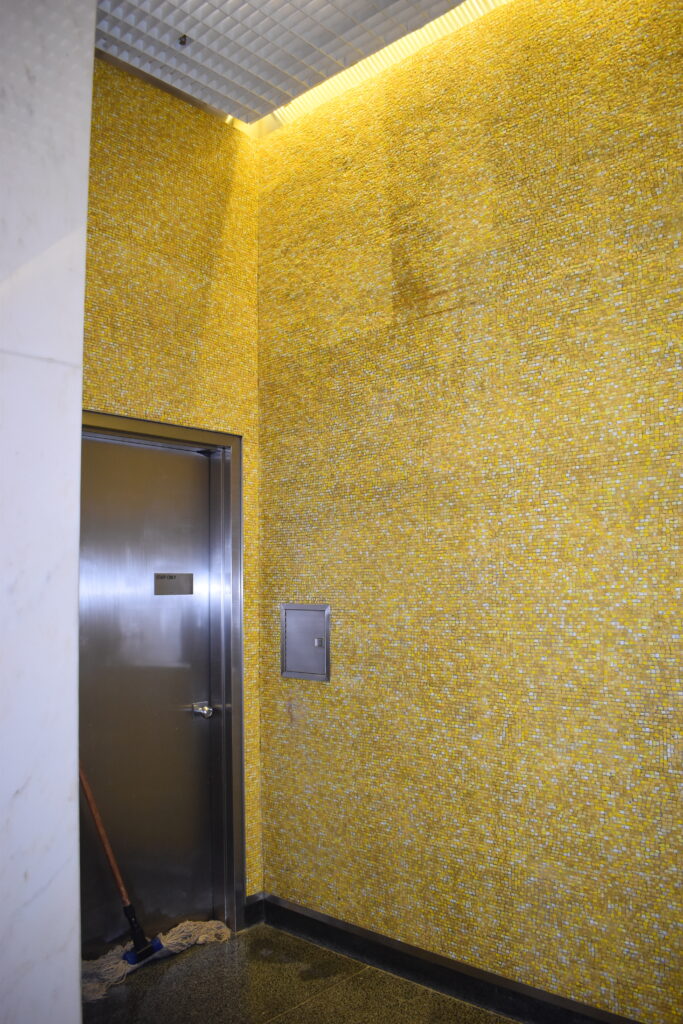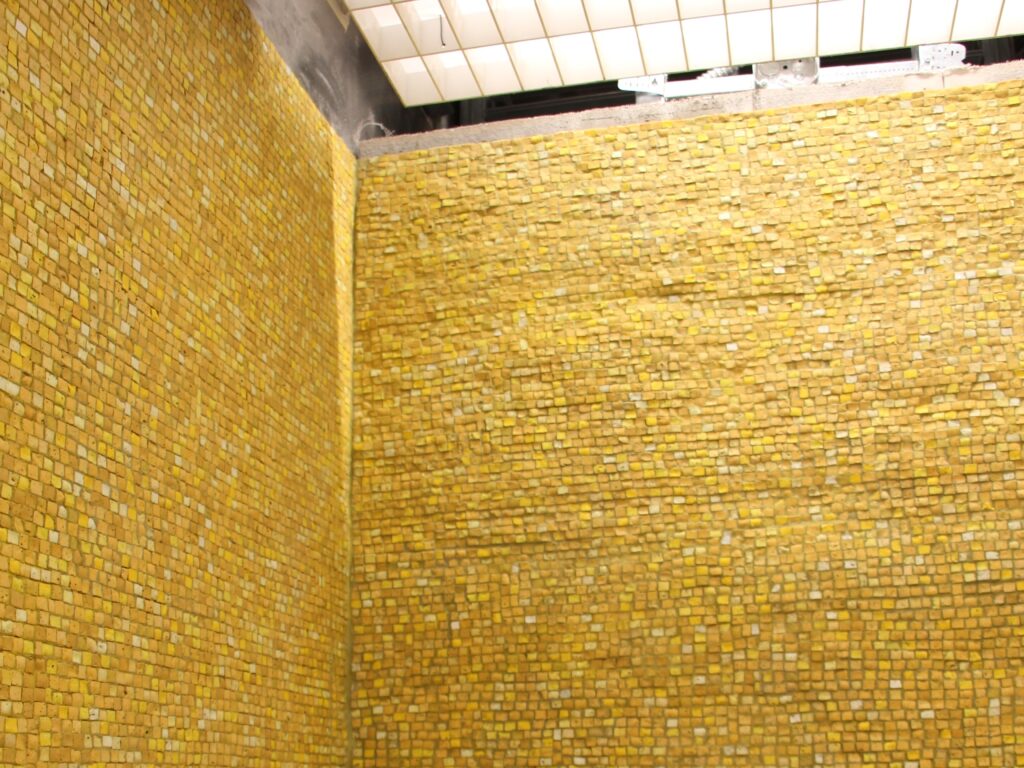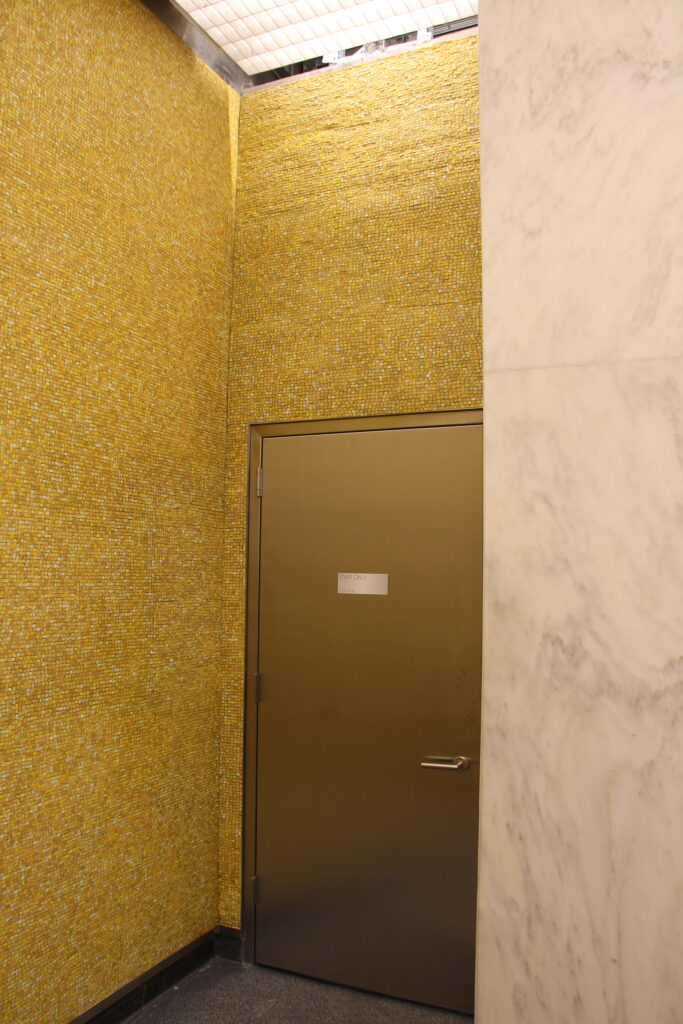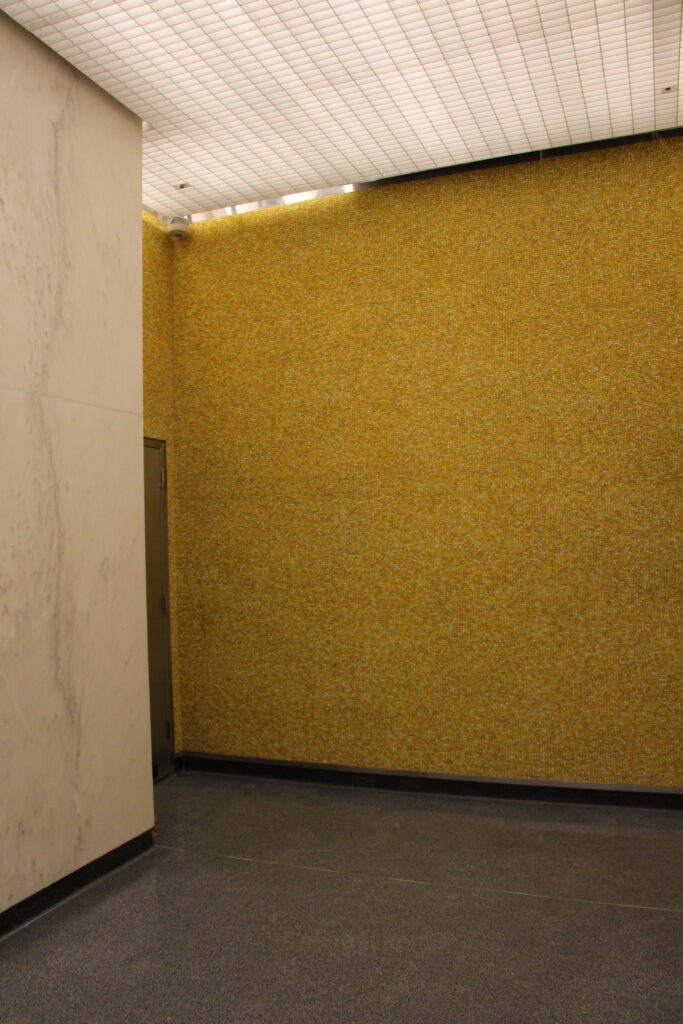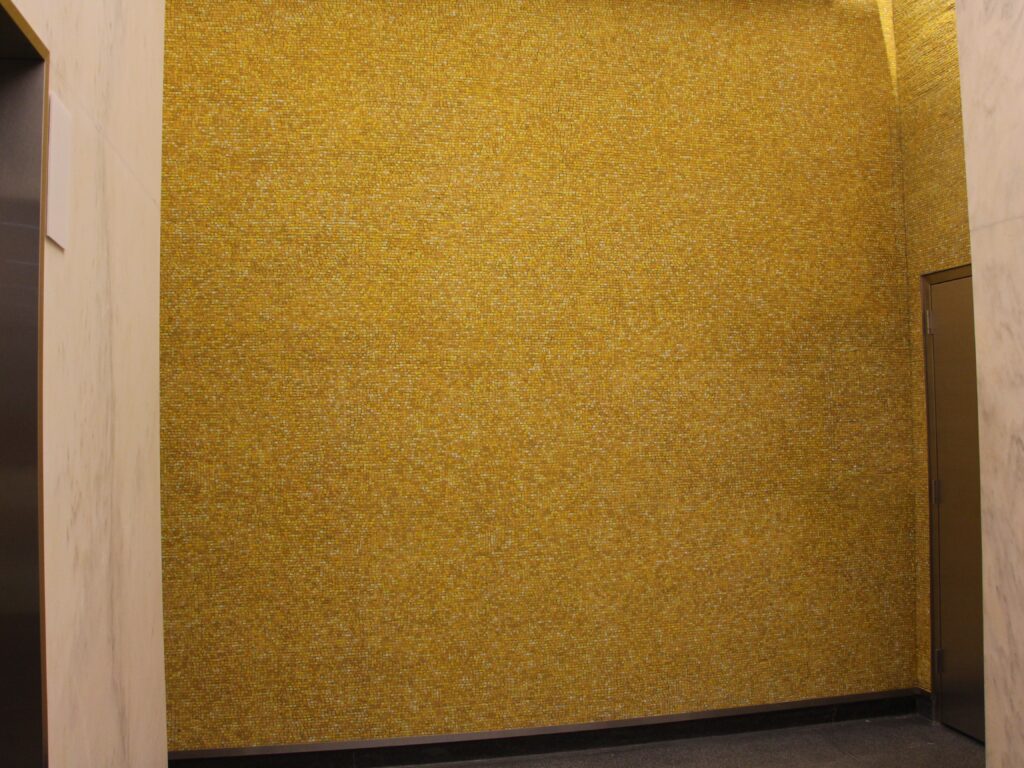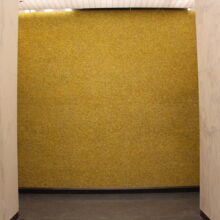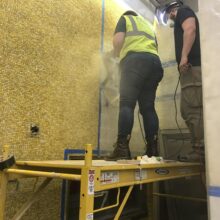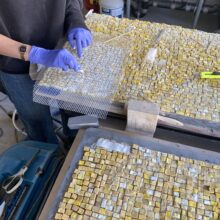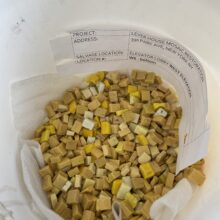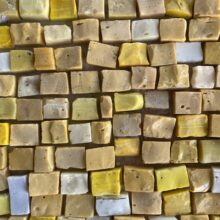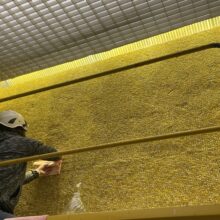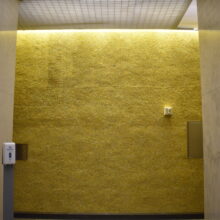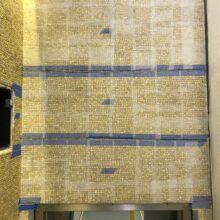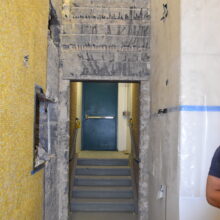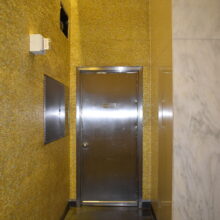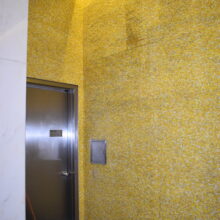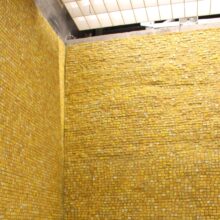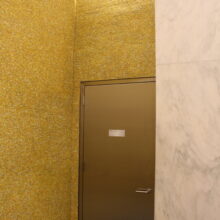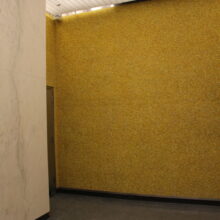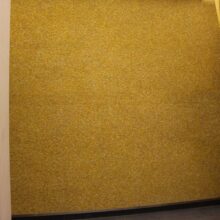Lever House Mosaic
Lever House is an office building located at 390 Park Avenue in New York, New York. It was commissioned by the Lever Brothers Company in 1949 to house their headquarters, which was being moved from Boston to New York. Built between 1950 and 1952, the building was designed by architects Gordon Bunshaft and Natalie de Blois of Skidmore, Owings, & Merrill (SOM). Bunshaft, an American student of Walter Gropius and Mies van der Rohe, used the International Style for his design, which he was well known for. Lever House is known as one of the earliest curtain wall skyscrapers in New York City, and was the catalyst for of a new wave of American skyscraper construction in the mid-1950s, whose influence continues to be seen in modern skyscraper design. Lever House was designated a New York City Landmark in 1982 and added to the National Register of Historic Places in 1983.
Our team worked with Pavarini McGovern to perform conservation and restoration treatments on the Lever House elevator lobby mosaic, which is composed of thousands of small square glass tesserae in various shades of yellow. The mosaic restoration is a part of a larger restoration and renovation project spearheaded by SOM. EverGreene conservators first performed a thorough conditions assessment of the mosaic to identify areas and methods of treatment, which included tactile and visual assessments of all tessera, as well as cleaning tests. Based on this information, EverGreene conservators formulated a treatment plan, which included both on-site and off-site treatments. Several feet of mosaic were found to be delaminated, and were subsequently removed, crated, and transported to the EverGreene studio for treatment; this included selective cleaning, grout and mortar removal, and repositioning of tiles on a reinforced mosaic mesh in preparation for reinstallation. Once those tesserae were reinstalled, the mosaic was given a detailed overall cleaning and was repaired as needed in-situ.

